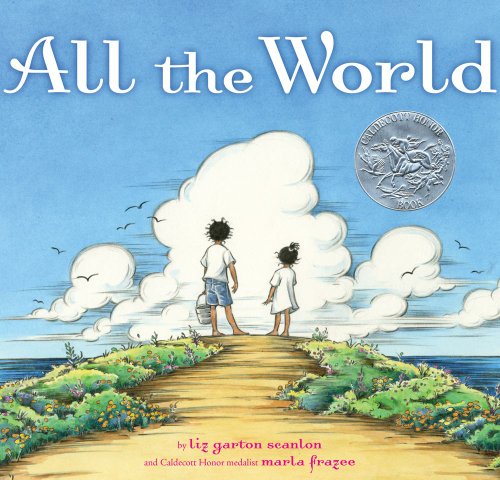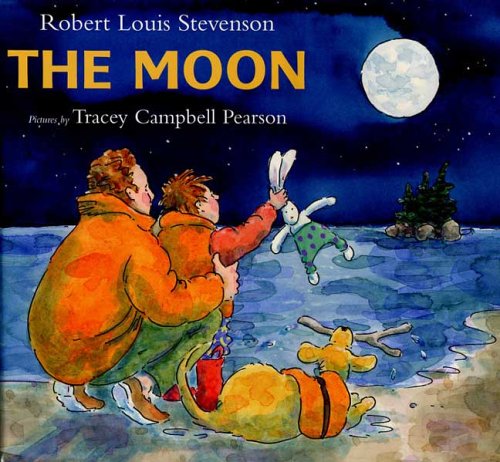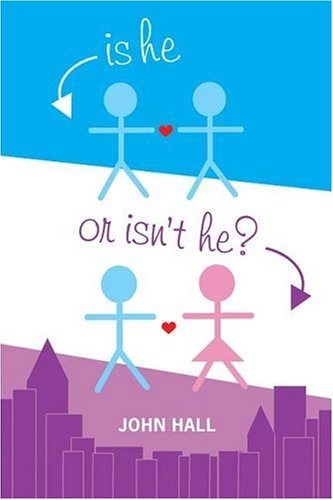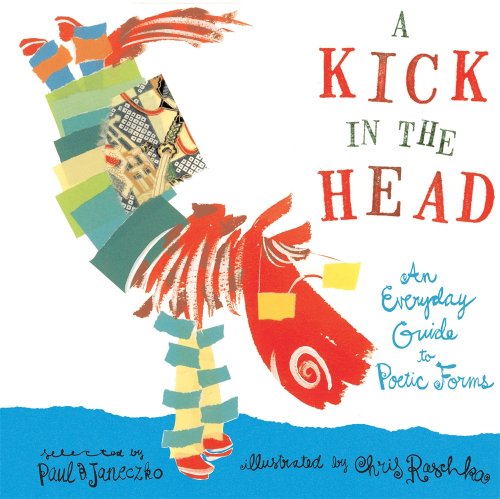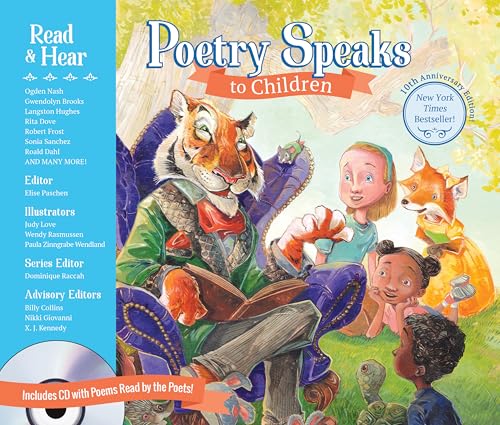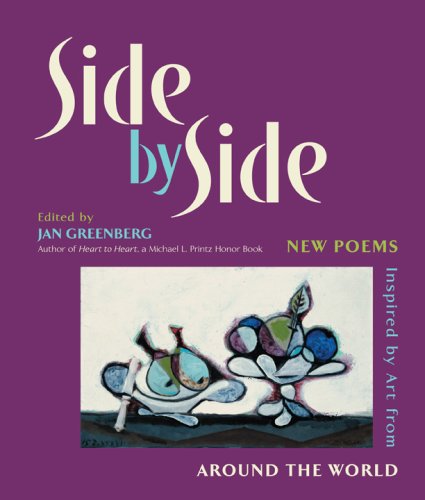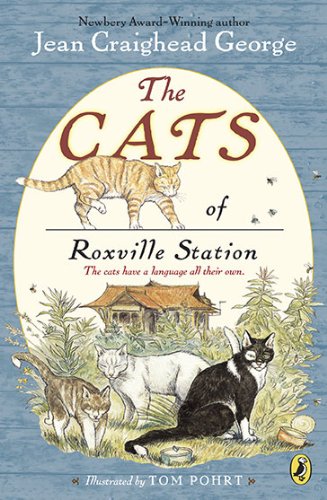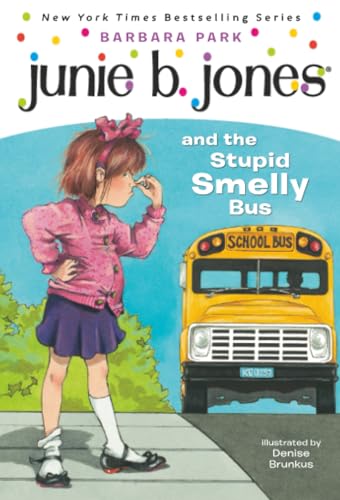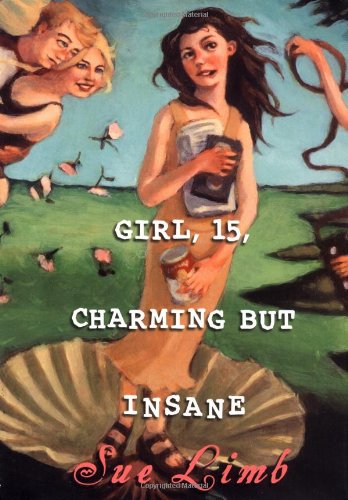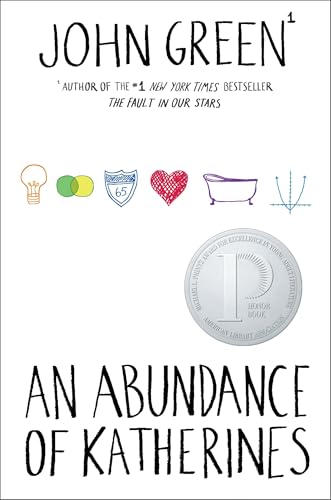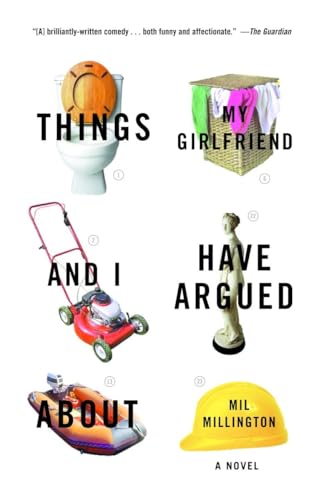1. Read It: Next time you’re at the library, take a turn into the poetry section. Most likely you’ll find it under Dewey’s famous decimal system at either 811 (for single author) or 808 (for collections). While poetry books may have been limited when we were growing up, the choices now are amazing. There are collections about cats, oceans, sports, friends, apologies, and world records. You’ll also find styles and forms just as varied, along with a broad illustrative range. It’s a new day in children’s poetry compared to what you might remember as a somewhat stale past. Take a chance and bring some home for your nightly reading time.
2. Write It: Inspired by the poems you read, try your hand at writing a few. Don’t worry about perfection or natural talent. Simply have fun with words. With your child, play with rhythm and rhyme to make up some silly poems. If they don’t really make sense, maybe they’ll make you laugh. I amused my three-year-old niece with a quick ditty about a little black dog that was running down the street, with a baseball cap on top of his head and sneakers on his feet. From there, we could have looked at the rhyming word family of “feet” (note: Learning Alert) or come up with a new story. (As it was, we turned into Applebees.) Another easy form to investigate is the haiku with its three line, 5-7-5 syllables format. It’s surprising how many lovely turns of phrase can be changed slightly to fit the form. Or:
Changed slightly to fit,And I didn’t even try there to get the original sentence to work. Okay, technically there is more to the haiku than syllables, but for fun think what could be done with your child’s observations about clouds, spiders, or crayons.
Many lovely turns of phrase
become the haiku.
3. Find It: Once you start to look, you’ll find poetry all around. Song lyrics come through more clearly as poetry. (Well, some at least. I wouldn’t suggest the works of Lady Gaga as being rich in material, though “want to take a ride on your disco stick” may be one of the best phrases ever crafted.) Picture books can be poetic, even when they aren’t categorized as poetry. Phrases you hear on the playground or words you see at the store, fragments of lists or sentences of novels can spark your imagination. You could tuck those pieces away for a future poetry venture, or acknowledge them in the moment and let them go. But truly, allow yourself and your child to recognize the magical and musical quality of words, because that is poetry.


